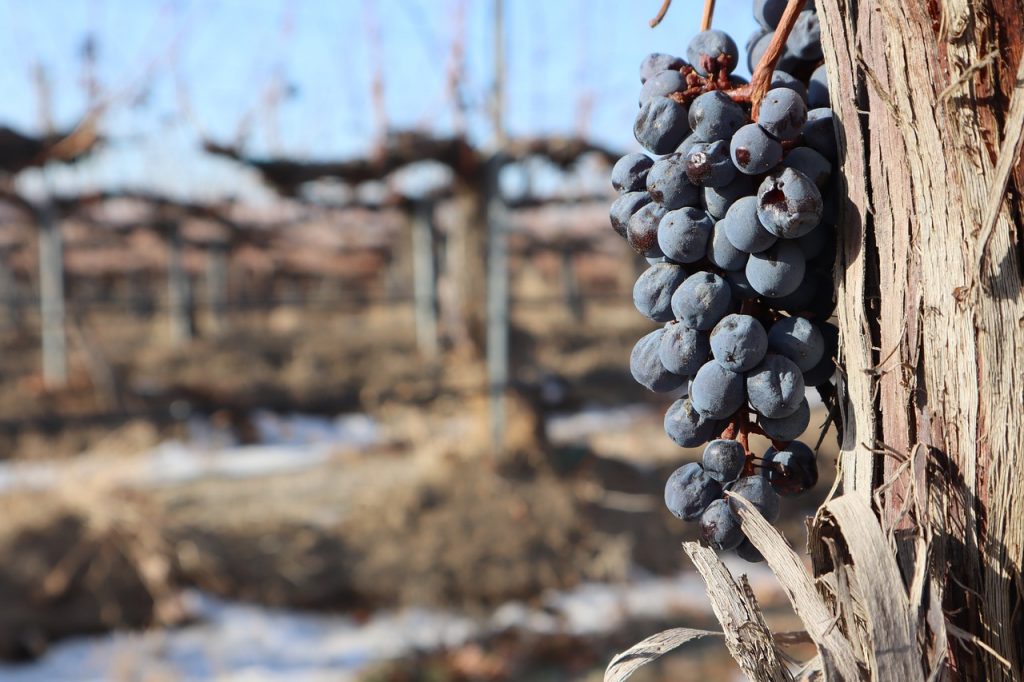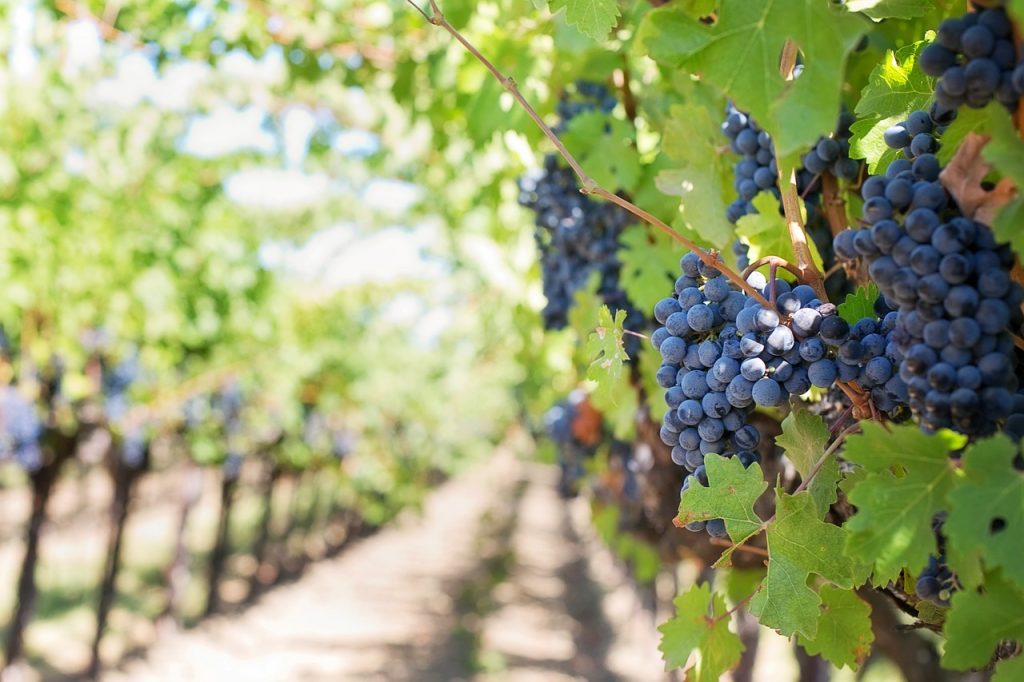French Wine Vineyards Are In Danger Of Dying Out
French wine may no longer be a tangible reality as the country's vineyards are in grave danger.
This article is more than 2 years old

Last year, french vineyards had a terrible time trying to cultivate their crops. Abnormal weather conditions threatened the wine distribution of 2021, from frosty temperatures to irregular rainfall. 2022 is unfortunately off to another tumultuous year, with late frigid temperatures plaguing many farmers. The unusual climate is throwing grapevines off, halting their production of buds.
Apri 2021 had a similar issue to this year’s frosty temperatures. The cold lasted far longer than expected and damaged 80% of crops for French farmers. There may be some hope for vineyards in France this year, as the frigid return started earlier than it did in 2021. This may signal that temperatures may begin to incline earlier, which would aid in the budding process for the grapevines. Though the second-winter temperatures started earlier for 2022, French farmers are still skeptical since the warm March to cold April trend occurred similarly last year and damaged crops.
The hesitation around French farmers’ excitement for possibly better crops this year is due to the continual chilliness of April 2022’s climate. April temperatures haven’t been this cold in France since 1947. The prolonged cold months indisputably damage grape vineyards around the country. Many farmers are preparing themselves for another low cultivation year.
Cities around France are bracing for the coldest temperatures they’ve experienced in more than 70 years. Burgundy faced the lowest of these temperatures, encountering freezing temperatures this past Monday. Chablis also experienced devastatingly low temperatures, dropping to 23 degrees Fahrenheit this week. Vintners, also known as winemakers, braced for the damaging chilliness, using paraffin candles to warm their vineyards. Though this doesn’t fix the problem completely, candles can alleviate or prevent damage to certain vines.

Other vineyard owners took more drastic measures to mitigate the cold temperatures this week. Pierre Vincent, head of Domain Leflaive winery, erected torches and distributed heated cauldrons to minimize the weather’s unexpected cold front. Vincent reported that the heating tools were “€5,000 per hectare” but ultimately saved the winery from tremendous damage throughout the crops. Though surrounding your crops with candles sounds unpromising, using these candles and tochers helped save up more than half of the winery’s harvests, indicating that these warming methods were successful.
For many French farmers, the extended cold weather was an issue before 2021. Since 2016, France has received a few years of long-lasting frosts, hindering acres of vineyards around the country. Though winemaking is a crucial part of France’s economy, farmers are getting fed up with the climate’s unpredictability. The dubious nature of the yearly weather patterns has made many vintners fear for the future of their occupations.
Unfortunately for farmers and their vineyards, no one can say with certainty how long this extra winter will last. If it’s anything like last year’s, then frosty temperatures will continue throughout April, spilling into May. France’s agriculture ministry didn’t have many words to alleviate the impending destruction, only stating that crop damage would solely be visible “after a few days.” For the farmers that work day and night to protect their grapevines, hopefully mid-April will bring better, warmer weather for delicious and abundant cultivation.




